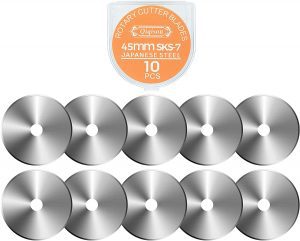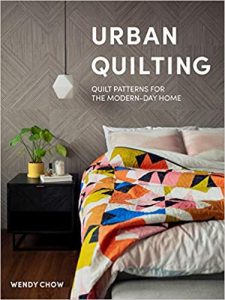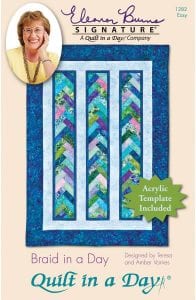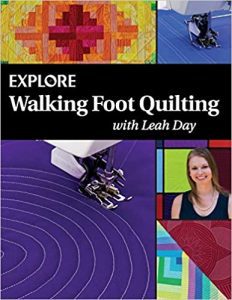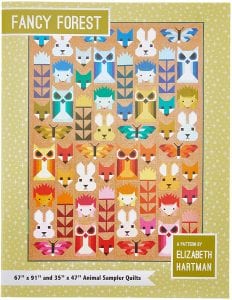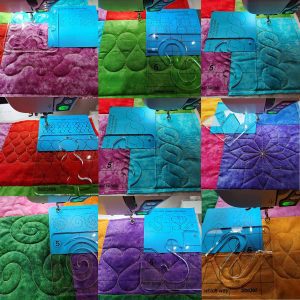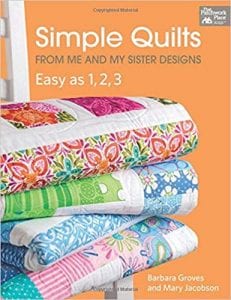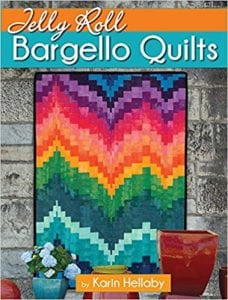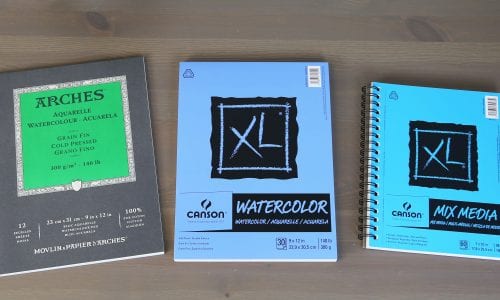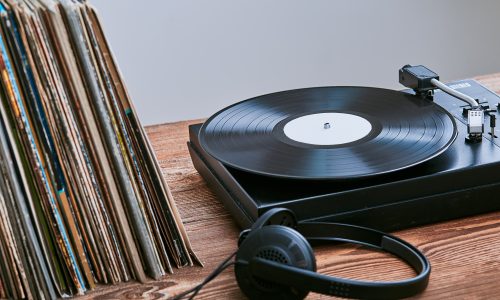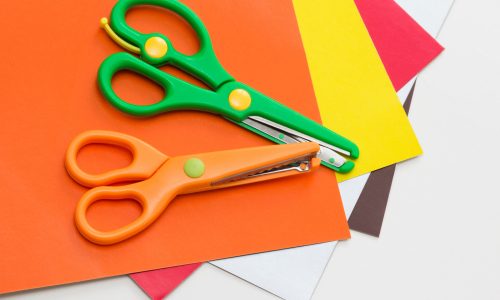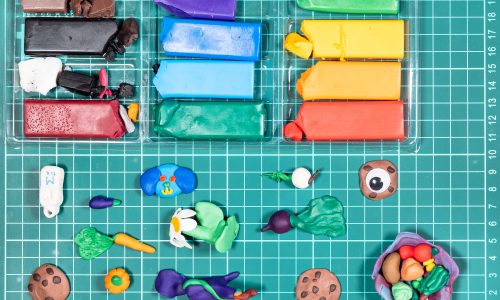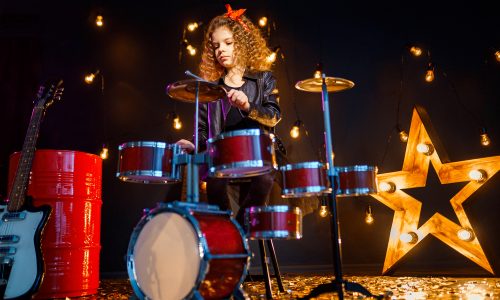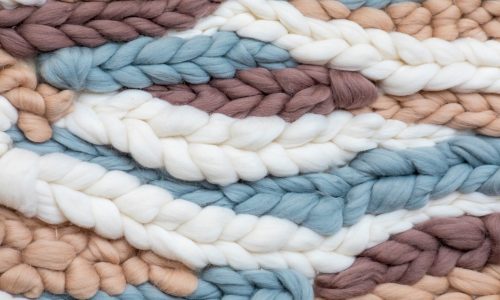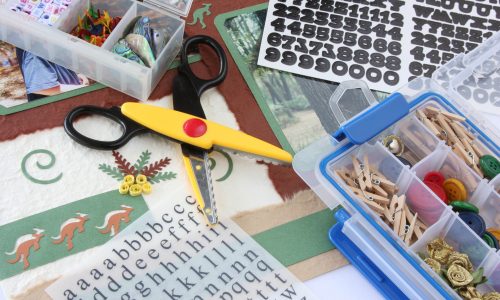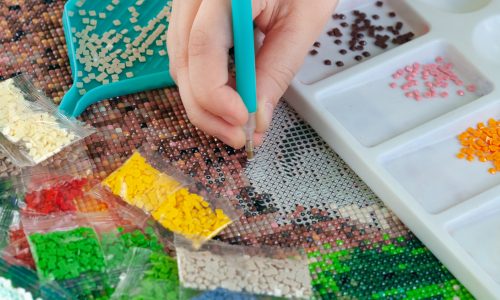The Best Quilting Supplies
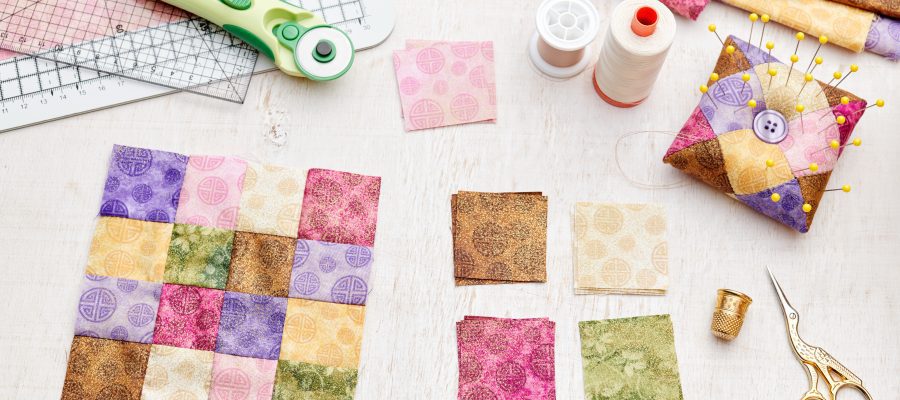
Our Review Process
Don't Waste Your Money is focused on helping you make the best purchasing decision. Our team of experts spends hundreds of hours analyzing, testing, and researching products so you don't have to. Learn more.
Our Picks For The Top Quilting Supplies
- 1. Madam Sew Iron-Off Fabric Marker Quilting Supplies, 4-Piece
- 2. Qiqison Wear-Resistant Rotary Cutter Blades Quilting Supplies
- 3. Wendy Chow Urban Quilting Book
- 4. Eleanor Burns Quilt In A Day Quilting Patterns
- 5. Leah Day Explore Walking Foot Quilting Book
- 6. Elizabeth Hartman Fancy Forest Quilting Pattern
- 7. HONEYSEW Ruler & Internal Template Quilting Supplies, 11-Piece
- 8. Barbara Groves Simple Quilts from Me and My Sister Designs Patterns
- 9. Karin Hellaby Jelly Roll Bargello Quilts Patterns
When it comes to quilting supplies, you'll want to have this fabric marker set on hand. The set includes four colored markers that have an extra-fine tip for creating detailed patterns. When you no longer need the guidance of the ink, simply iron over the drawing and watch it disappear.
Compact and PortableThese quilting supplies come with four complimentary refills to extend the life of your pens.
A high-quality set of rotary-cutter blades should be a part of every quilter's supplies. This set is forged from Japanese steel that can cut through 10 layers of fabric at once. In addition to being seriously sharp, the blades are also durable and wear-resistant.
Premium MaterialsThis set of quilting supplies includes 10 rotary cutter blades that work with 45-millimeter rotary cutters.
When building up your quilting supplies, you need to start with a quilting book that features simple illustrations with easy-to-follow steps. This book does just that and includes a total of 10 attractive patterns in three different sizes. The patterns feature bold colors and geometric shapes that are sure to add style to your living space.
Helpful TipsWith this quilting book, you'll learn a bit about the history of quilting and how it has changed over the past few years.
With this quilting pattern purchase, you'll receive one pattern booklet and one acrylic template. You can use these items to create a beautiful quilt in the following five sizes: baby, lap, twin, queen and king. While you can cut your own strips to use with this pattern, pre-cut strips allow you to cut down on scraps.
Create Five Different SizesThe skill level listed for this quilting pattern is easy, so if you're just getting started with quilting, this pattern is a great choice.
Buying Guide
According to the Craft Industry Alliance, a 2021 survey revealed a 12% increase in the number of individuals taking up quilting for the first time over the previous year. The report also predicts that the quilting market will see $5 billion in growth over the next five years. If you find yourself among these statistics, you’ll want to begin growing your quilting supplies now.
Start building your supply closet with a few essential quilting books. Beginners would do well with a book that features simple illustrations and easy-to-follow steps. Those new to quilting may also find a book that includes the history of quilting quite interesting.
Check the number of patterns your new book provides, as well as the pattern sizes. Some books have just 10 patterns, but those patterns are provided in three different sizes each. Others offer 30 different patterns in just one size. Additional quilting books worth considering are ones that include a set of tips and troubleshooting tricks, as well as ones that offer advice on auditioning and choosing the best design for your quilt.
Add a set of fabric markers to your quilting supplies. Look for a set that includes a few different colors, such as red, blue, white and black. This way, you can use one color to mark a certain stitch or another color to indicate the thread color you’re going to use. Many of these sets even include a few ink cartridge refills, increasing their value.
As you browse the available fabric marker sets, consider one that has dissolving ink. This type of ink will disappear when exposed to heat. That means all you need to do to remove the ink is run a hot iron across it. If there are any ghost markings left over, they will come out in the wash.
Next, increase your quilting supplies with a rotary cutter and rotary cutter blades. Blades made from a Japanese steel are especially sharp and durable. Some are even capable of cutting through 10 layers of fabric at once. Always check the type of fabric the blades are able to cut through before you buy, including fleece, felt and leather, in case you have a special project in the future that uses these materials.
Create backup quilting supplies for your sewing machine. You don’t want to complete half a quilt, only to run out of thread or suffer a broken needle, and then have to wait until the next time you can get to the store to continue. Determine your top five most commonly used thread colors and order a second spool of each. Do the same for your bobbins. Check the needle in your sewing machine and pick-up a duplicate just in case.
Additional quilting supplies that you’ll want to consider having on hand include a set of pins, a pair of fabric scissors, a seam ripper, a rotary mat and hand sewing needles. Some quilters also choose to use blue painter’s tape. If you wish to add this, look for a roll with a width of 1 inch.
What to Look For
- Try to stick with quilting books that feature images of completed patterns. This way, you don’t waste time creating a quilt that you don’t absolutely love.
- Pencil pouches can be cheaply purchased at any dollar or discount store. These work great for storing all of your fabric markers.
- Fabric markers come with different tips. An extra-fine .7-millimeter writing points is best, as it allows for drawing intricate patterns.
- When purchasing replacement rotary blades, make sure they fit your specific rotary cutter.
- If your spare rotary cutter blades doesn’t come with a plastic storage box, you’ll need to get one. The blades are sharp and you don’t want them sticking out where someone can accidentally cut themself.
- Always check local craft stores for coupons before you shop for supplies. If you make this a habit, you may not ever have to pay full price for your quilting items.
- Beginner quilters may wish to look for a local quilting class. Sometimes it’s easier to learn a new skill when you can see the process in action. These classes are also a great way to meet other quilters, from whom you can ask advice when you need it.
- Consider joining a quilting club. This way, you’ll be able to set aside guaranteed time to work on your quilt, while also enjoying some time working with others who enjoy the hobby.
- Always keep your quilting supplies clean, specifically your sewing machine and rotary mat.
- Before creating your quilt, it’s best to lay your pieces out. You don’t want to grab the pieces at random, as you may not be happy with the results.
- Consider picking up a portable sandboard. This quilting tool features a smooth side for tracing and a fine-grit side to hold your fabric in place.
- Add lighting to your sewing room if it tends to be on the darker side. Your quilt will take longer to finish if your squinting and can’t see well.
More to Explore
Did you know the word “quilt” has been used since 1250 AD? It comes from the Latin word “culcita,” which translates into English as “mattress.” Here are a few more interesting facts about the craft:
- The Guinness World Records holder for “Largest Patchwork Quilt” belongs to Realizar Eventos Especiais. The quilt measures 270,174 square feet and was completed by Especiais on June 18, 2000 in Portugal.
- The world’s largest historical quilt measures 11,390 square feet. It’s created to resemble a map of the state of North Dakota and can be found in the city of Antler.
- The first patent for a complete sewing machine was issued to Thomas Saint, an English cabinet maker, in 1790. There is no evidence that Mr. Saint’s sewing machine was ever functional. The first successful sewing machine that actually worked as designed was created in 1830 by Barthelemy Thimonnier, a French tailor.
- The most expensive quilt ever sold fetched an astounding $264,000 in 1991. It was originally constructed during the Civil War era and can be seen on display at the International Quilt Study Center at the University of Nebraska – Lincoln.



